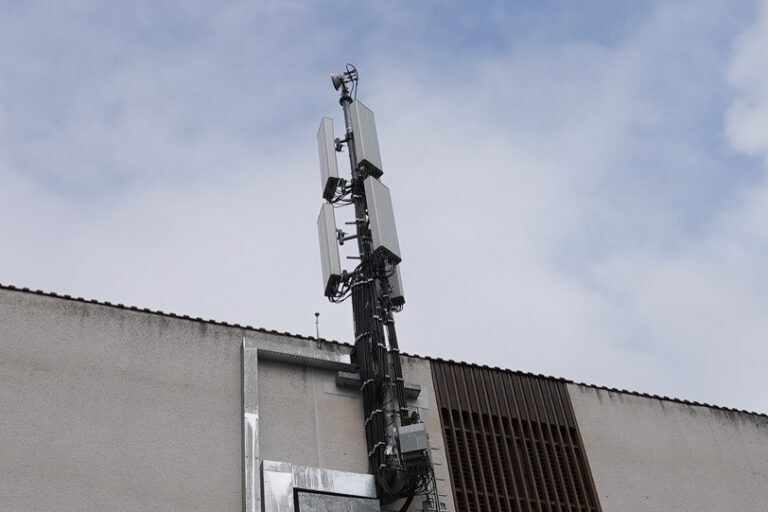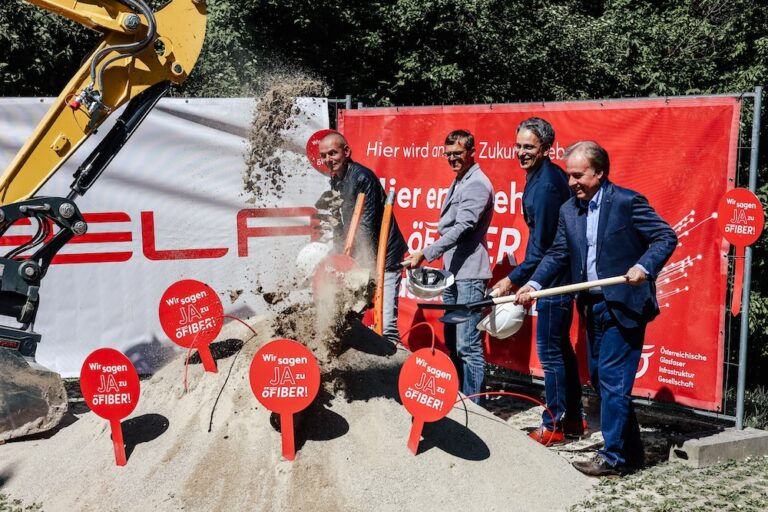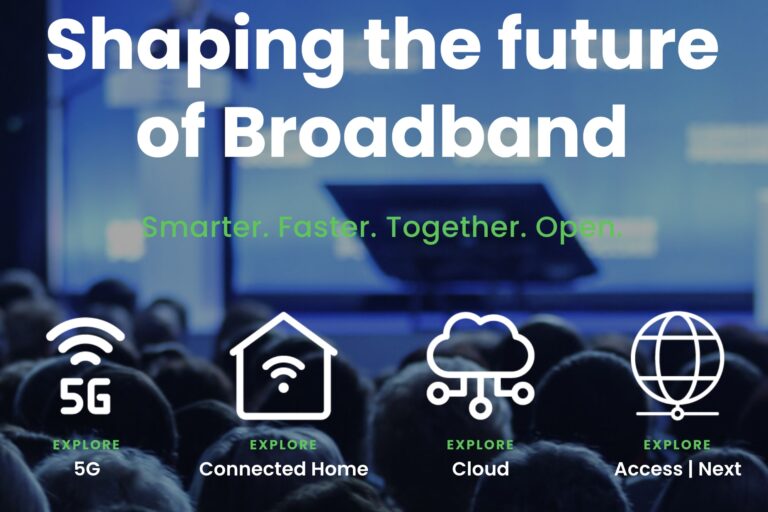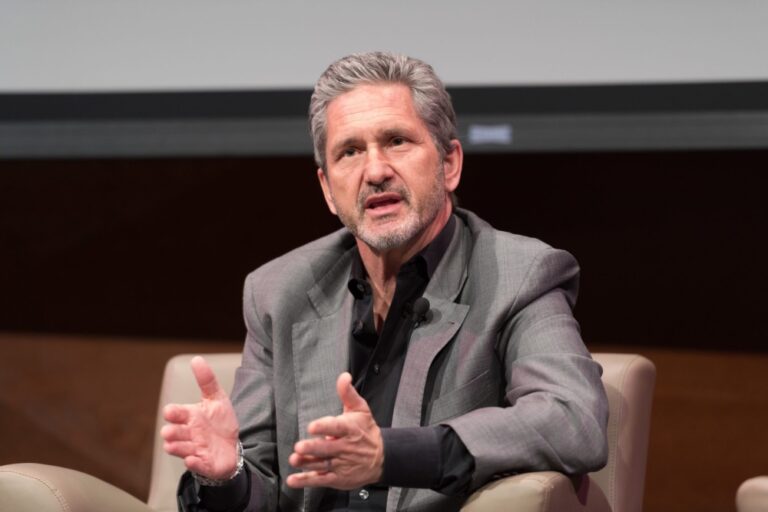Partner content: This approach gives network operators the chance to experiment without the risk of disruption to live infrastructure and services
The innovation gap between leading cloud players and communication service providers (CSPs) just seems to keep growing. Both provide essential infrastructure for our digital world, and both have millions of users and billions of dollars depending on their technology. Yet this hasn’t stopped hyperscalers from experimenting, exploring new ideas, and bringing new features to users at a breakneck pace. Why can’t CSPs do the same?
One big reason is that they’re playing by a different set of rules. Telco networks are highly regulated, often designated as critical infrastructure. In many markets, CSPs are legally barred from experimenting in the live network. Even when they’re not, any network change that impacts services can lead to loss of revenue, hefty fines, regulatory scrutiny, even lawsuits.
Today, there’s a way for CSPs to expand their ability to innovate without the risk of disrupting live services: digital twins. By maintaining highly accurate virtual models of the network, CSPs can realize a long list of operational benefits. They gain the freedom to experiment in new ways, especially in radio access networks (RANs), the most complex and hard-to-emulate part of the network.
Most critically for the future, digital twins provide a platform for training a new generation of artificial intelligence and machine learning (AI/ML) algorithms that can empower telco networks to self-optimize – for performance, spectral efficiency, power consumption, and more.
These changes have the potential to transform telecom, accelerating the cloudification of telco environments and enabling CSPs to tap into groundbreaking innovations from third-party software developers. For CSPs hoping to take advantage of digital twins, however, it’s essential to understand the full value of telco network data—and of maintaining an open network.
What Is a digital twin?
Digital twins provide highly accurate virtual models of CSP networks for the lab. Using advanced simulation and emulation tooling, they create a carbon copy of the production network, including real subscriber data that’s been sanitized to remove personally identifying information. As a result, digital twins allow network engineers to validate new applications and changes, and more thoroughly understand how they will behave before pushing them into production.
Network digital twins are not static; they continually ingest new data to maintain the most accurate possible model, creating a positive feedback loop. As changes occur in the network and CSPs continue feeding more data into digital twins, they develop increasingly higher-resolution models and increasingly accurate predictions. This enables operators to:
- Accelerate onboarding of new technologies – CSPs can onboard new network functions and applications more quickly and confidently. Engineers can validate that changes will function as expected—and identify when they won’t—before they go live.
- Improve network performance and security – Digital twins can help CSPs identify emergent issues impacting performance and continually optimize the network. For example, operators can run congestion scenarios to see how cells behave when many subscribers make video calls at once, and take proactive actions to improve performance and resiliency. Digital twins can also provide a sandbox to simulate network attacks, so operators can understand how compromises would affect the network.
- Gain a competitive edge – To help show customers that they have the fastest, most reliable network, operators can capture analytical data in digital twins and use speed tests like Ookla to measure their performance versus competitors.
Digital twins can also reduce reliance on expensive manual operations like drive testing. Today, operators send teams of technicians thousands of kilometers across their markets to directly measure network performance. The cost of these efforts is substantial, but they’re the only way to identify if, for example, a recently erected building is now blocking a cell and impacting performance. With digital twins, engineers can explore how changing morphology and environmental factors affect RF dynamics virtually. They can measure how changes—like moving a cell two degrees in one direction or another—will affect performance, without leaving the lab.
Why now?
The concept of digital twins for telecom isn’t new. The ability to test via realistic simulation has been something of a holy grail for the industry for years. Until recently though, it wasn’t viable, simply due to the computational resources needed to construct realistic models. RAN environments in particular are so dynamic and complex, the cost of compute needed to perform accurate simulations of dynamic subscriber mobility use cases and their associated impact on network performance at real-world scale was astronomical.
Today, declining compute costs, along with advances in network emulation, have made digital twins both practical and economical. These changes couldn’t have come at a better time. As telco environments grow more digitalized and virtualized, even minor fluctuations in the network environment can have a major impact. Overloaded data centers, unexpected congestion, and changing application mix can all affect performance. This makes traditional lab testing, which typically reflects ideal conditions, far less reliable.
Additionally, as CSPs adopt software-driven architectures, faster testing becomes essential. Instead of processing network updates two or three times per year, updates now come in constantly, some of which (like security patches) must be pushed into production within hours. Without continuous testing under realistic conditions, modern network operations simply won’t work.
Unleashing AI innovation
Perhaps the biggest driver for telco digital twins is the exploding use of AI/ML—for service assurance, capacity planning, and most importantly, to automate complex network operations. And the RAN is ground zero for applying AI/ML algorithms to react to changing real-time conditions via automated closed-loop actions.
Modern Open RAN architectures feature a RAN intelligent controller (RIC), an open platform to run applications in the most dynamic and demanding part of the network, closest to subscribers. We’re already seeing an ecosystem of groundbreaking third-party RIC apps that use algorithmic analysis to optimize spectral efficiency, reduce power consumption, and more. The AI-driven RIC apps of the future will be even more transformative—but only if their algorithms have realistic data to train on.
It’s one thing to emulate a network. It’s quite another to emulate accurately enough to train algorithms—at least, algorithms that CSPs would trust to take autonomous actions in their networks. In fact, developers working in this space invariably say that their biggest barrier is the ability to test new applications under lifelike network conditions. The second-biggest barrier: lack of telco data sets to train against.
Looking ahead
Most CSPs are still in the early stages of developing digital twins. In the future though, they will almost certainly be used across the telco ecosystem for certification and standardized testing. The ability to capture more network data, and provide a means to train algorithms and validate new technology via realistic emulation, will become a foundational CSP requirement.
At the same time, CSPs shouldn’t view these changes as merely requirements. They also hold enormous potential to unlock new value. If anything, explosive growth in AI/ML training in every industry should underscore just how valuable CSP network data truly is. This assumes, of course, that CSPs maintain an open network, where they can actually access their massively valuable data in the RAN. If CSPs can’t access fine-grained network data, they can’t use or monetize it. And they’ll continue to struggle to optimize their network operations—much less close the innovation gap.
About the author
Johannes (Janco) Terblanche is Business Development – OpenRAN/vRAN at VMware by Broadcom











